Shuiying Xiang
Spiking SiamFC++: Deep Spiking Neural Network for Object Tracking
Sep 24, 2022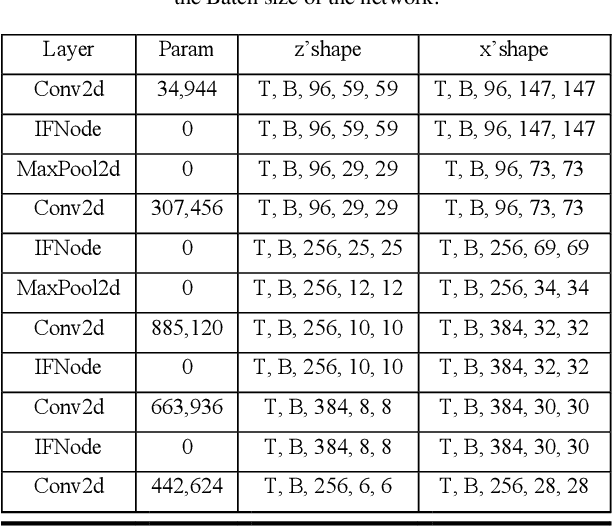
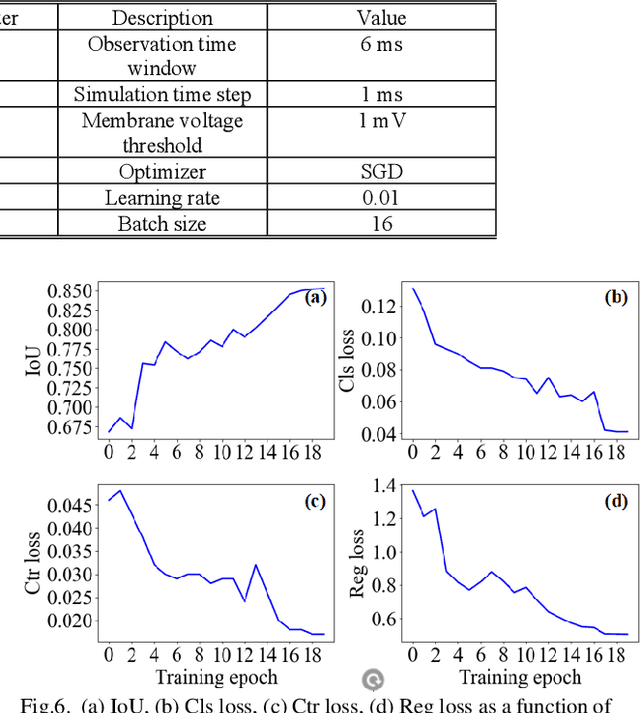
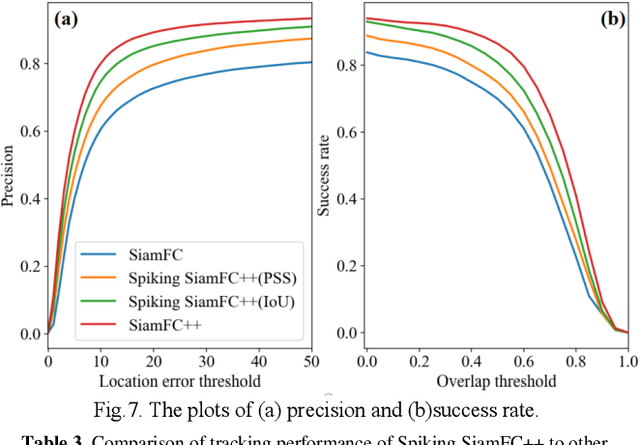

Abstract:Spiking neural network (SNN) is a biologically-plausible model and exhibits advantages of high computational capability and low power consumption. While the training of deep SNN is still an open problem, which limits the real-world applications of deep SNN. Here we propose a deep SNN architecture named Spiking SiamFC++ for object tracking with end-to-end direct training. Specifically, the AlexNet network is extended in the time domain to extract the feature, and the surrogate gradient function is adopted to realize direct supervised training of the deep SNN. To examine the performance of the Spiking SiamFC++, several tracking benchmarks including OTB2013, OTB2015, VOT2015, VOT2016, and UAV123 are considered. It is found that, the precision loss is small compared with the original SiamFC++. Compared with the existing SNN-based target tracker, e.g., the SiamSNN, the precision (succession) of the proposed Spiking SiamFC++ reaches 85.24% (64.37%), which is much higher than that of 52.78% (44.32%) achieved by the SiamSNN. To our best knowledge, the performance of the Spiking SiamFC++ outperforms the existing state-of-the-art approaches in SNN-based object tracking, which provides a novel path for SNN application in the field of target tracking. This work may further promote the development of SNN algorithms and neuromorphic chips.
Adversarial attacks on an optical neural network
Apr 29, 2022



Abstract:Adversarial attacks have been extensively investigated for machine learning systems including deep learning in the digital domain. However, the adversarial attacks on optical neural networks (ONN) have been seldom considered previously. In this work, we first construct an accurate image classifier with an ONN using a mesh of interconnected Mach-Zehnder interferometers (MZI). Then a corresponding adversarial attack scheme is proposed for the first time. The attacked images are visually very similar to the original ones but the ONN system becomes malfunctioned and generates wrong classification results in most time. The results indicate that adversarial attack is also a significant issue for optical machine learning systems.
All-optical neuromorphic binary convolution with a spiking VCSEL neuron for image gradient magnitudes
Nov 09, 2020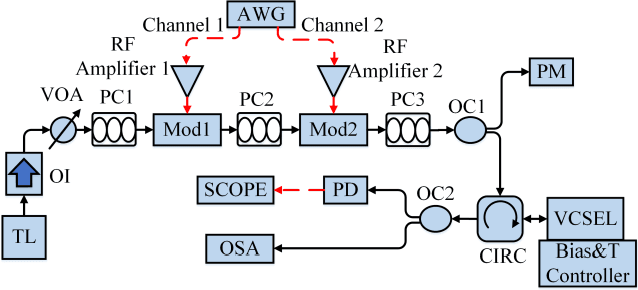
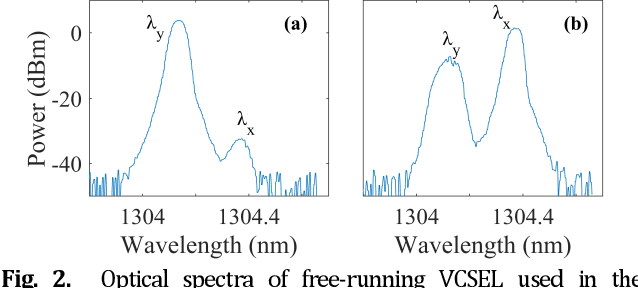
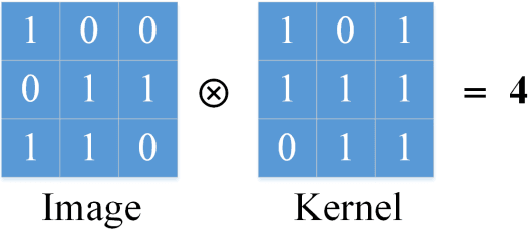
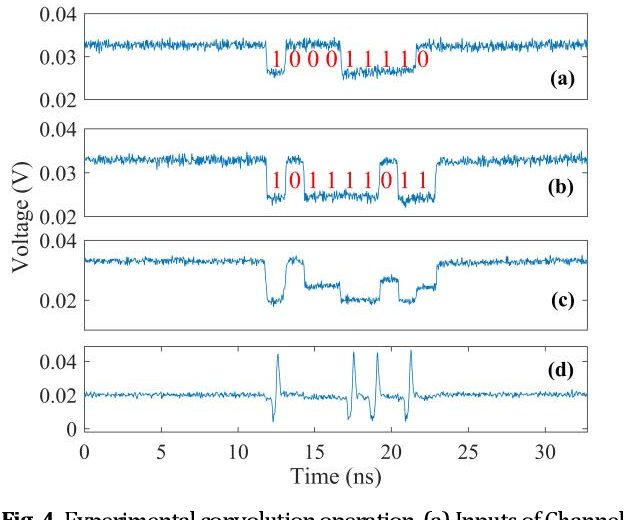
Abstract:All-optical binary convolution with a photonic spiking vertical-cavity surface-emitting laser (VCSEL) neuron is proposed and demonstrated experimentally for the first time. Optical inputs, extracted from digital images and temporally encoded using rectangular pulses, are injected in the VCSEL neuron which delivers the convolution result in the number of fast (<100 ps long) spikes fired. Experimental and numerical results show that binary convolution is achieved successfully with a single spiking VCSEL neuron and that all-optical binary convolution can be used to calculate image gradient magnitudes to detect edge features and separate vertical and horizontal components in source images. We also show that this all-optical spiking binary convolution system is robust to noise and can operate with high-resolution images. Additionally, the proposed system offers important advantages such as ultrafast speed, high energy efficiency and simple hardware implementation, highlighting the potentials of spiking photonic VCSEL neurons for high-speed neuromorphic image processing systems and future photonic spiking convolutional neural networks.
 Add to Chrome
Add to Chrome Add to Firefox
Add to Firefox Add to Edge
Add to Edge